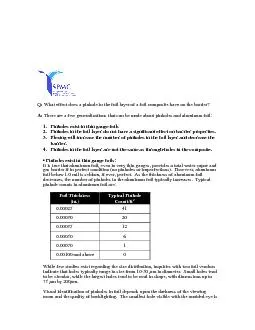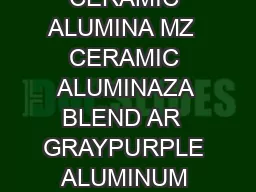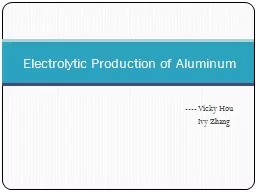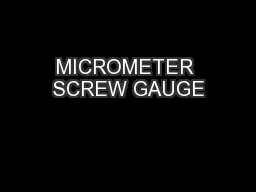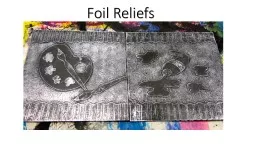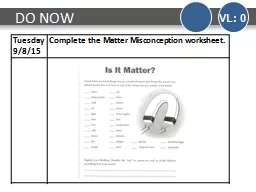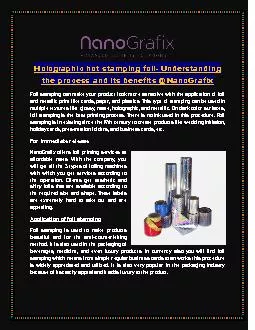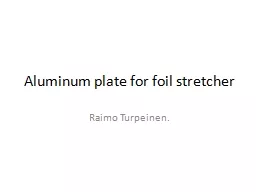PDF-aluminum foil:1. Pinholes exist in thin gauge foils2. Pinholes in the
Author : myesha-ticknor | Published Date : 2015-09-24
a foil yet been laminated to another web Light interference effects due to coatings otherplies and the adhesiveextrudate used to bond plies of a foil laminate can
Presentation Embed Code
Download Presentation
Download Presentation The PPT/PDF document "aluminum foil:1. Pinholes exist in thin ..." is the property of its rightful owner. Permission is granted to download and print the materials on this website for personal, non-commercial use only, and to display it on your personal computer provided you do not modify the materials and that you retain all copyright notices contained in the materials. By downloading content from our website, you accept the terms of this agreement.
aluminum foil:1. Pinholes exist in thin gauge foils2. Pinholes in the: Transcript
Download Rules Of Document
"aluminum foil:1. Pinholes exist in thin gauge foils2. Pinholes in the"The content belongs to its owner. You may download and print it for personal use, without modification, and keep all copyright notices. By downloading, you agree to these terms.
Related Documents

